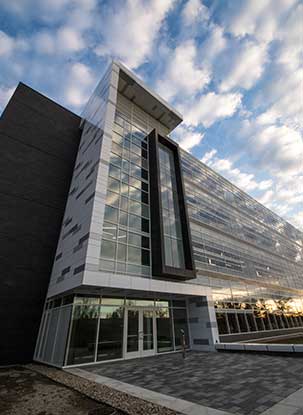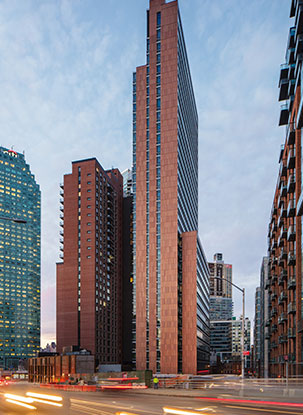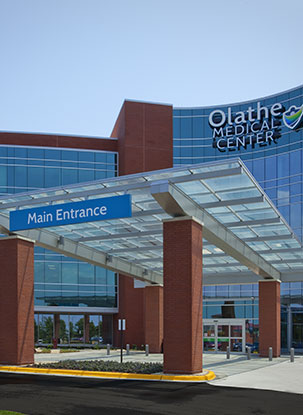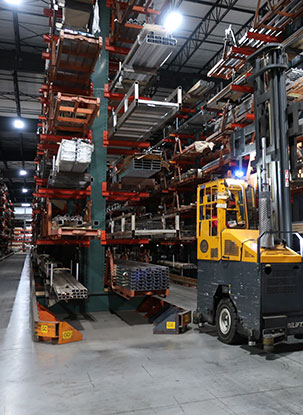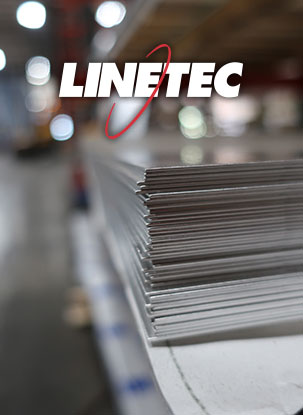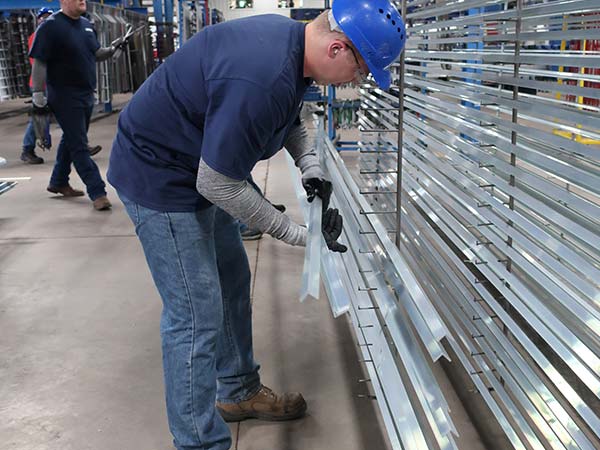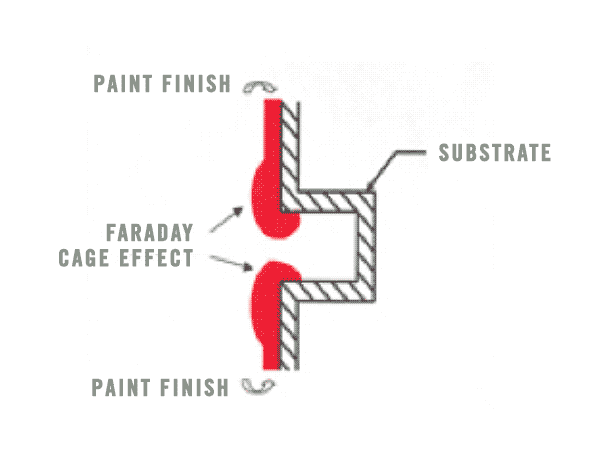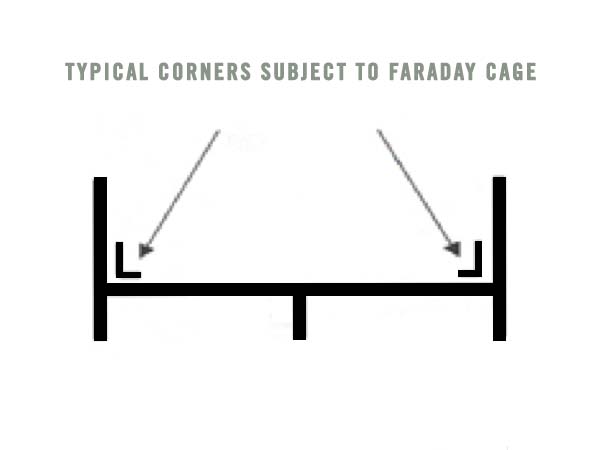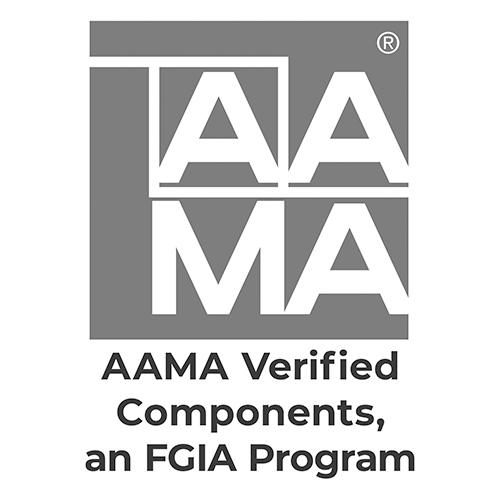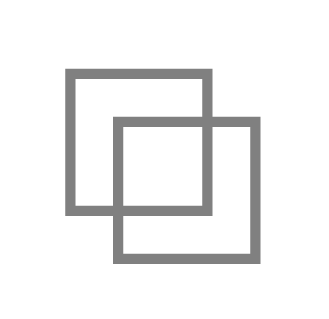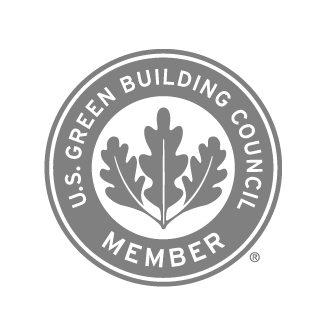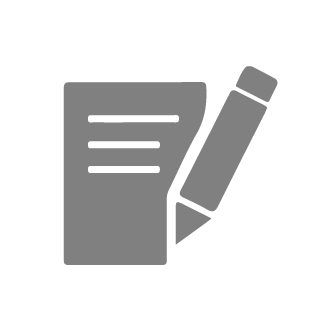linetec damaged material procedure
If questionable damage is identified during processing, the customer will be notified as soon as possible. It is the responsibility of Linetec personnel to determine if the material should continue in the process or be held for customer determination.
LOCATION | NON-LMI MATERIAL | LMI MATERIAL |
|---|---|---|
RECEIVING | Identify obvious and visible damage to master bundles, skids or boxes suggesting further damage may be present inside packaging. | Identify obvious and visible damage to master bundles, skids or boxes suggesting further damage may be present inside packaging. |
| No intentional inspection for flaws or imperfections in material workmanship. | No intentional inspection of material, this is done in the pulling process. Identify any obvious damage to material. | |
| Identify the visible and obvious damaged to material. | Process a Damaged Material Report if required. | |
| Process a Damaged Material Report if required. | ||
PULLING LMI MATERIAL | N/A | Inspect material for major and minor aesthetic damage, flaws and poor workmanship. All damage must be reported and customer approval to process must be given. It is the responsibility of the extruder to ensure tolerances are met. |
| Process a Damaged Material Report if required. |

